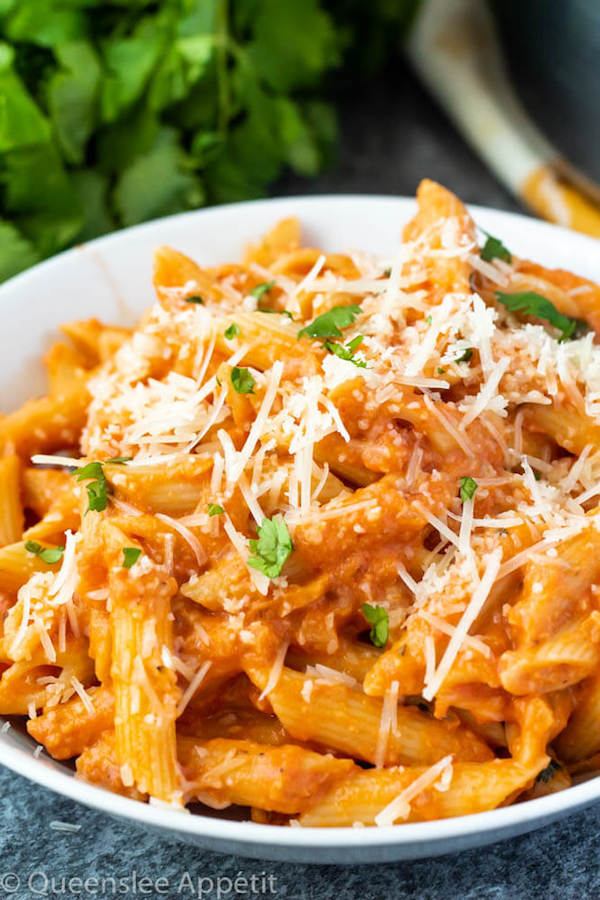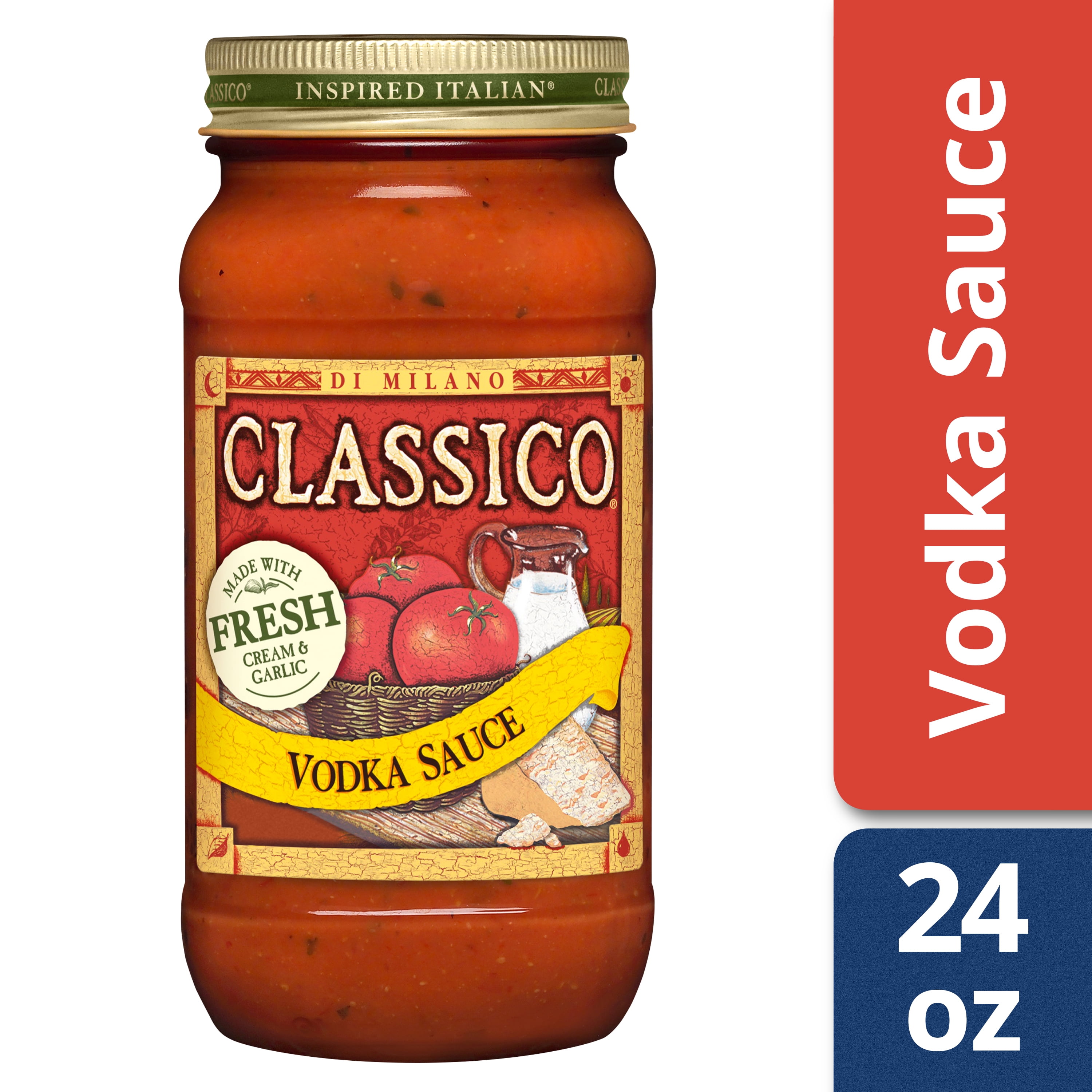
There are also variations that suggest Russian origins. Others credit an American for the recipe. Some food historians attribute penne alla vodka to a restaurant, called Dante’s, in the northern Italian city of Bologna.

The origins of vodka rigatoni, which came into popularity in the late 1970s and early ’80s, are uncertain. The result is a dish that is glossy, creamy and utterly comforting. Then comes Parmigiano-Reggiano and more stirring. Once the pasta is cooked, it’s combined with the sauce and the mixture is stirred vigorously to coat every noodle. Once the vodka is mostly cooked off (but not all), the heat is extinguished, and passata and then cream are added. About four shots of vodka are added and – this is the dangerous part – the pan is tilted to catch the flame from the gas hob. The recipe starts with a sofrito of eschalots and chilli, cooked in plenty of butter until soft and golden.

With only eight components, there’s nowhere to hide the acidity of a cheap passata, or the over-saltiness of Pecorino Romano instead of using a mellower, aged Parmigiano-Reggiano.

D’Elia’s version has just eight ingredients: tomato passata, thickened cream, butter, chilli, eschalots, garlic, Parmigiano-Reggiano and rigatoni (but it could be any pasta shape – vodka pasta can be eaten with whatever you want).īut as is true with all simple recipes, the key is the quality of the ingredients.


 0 kommentar(er)
0 kommentar(er)
